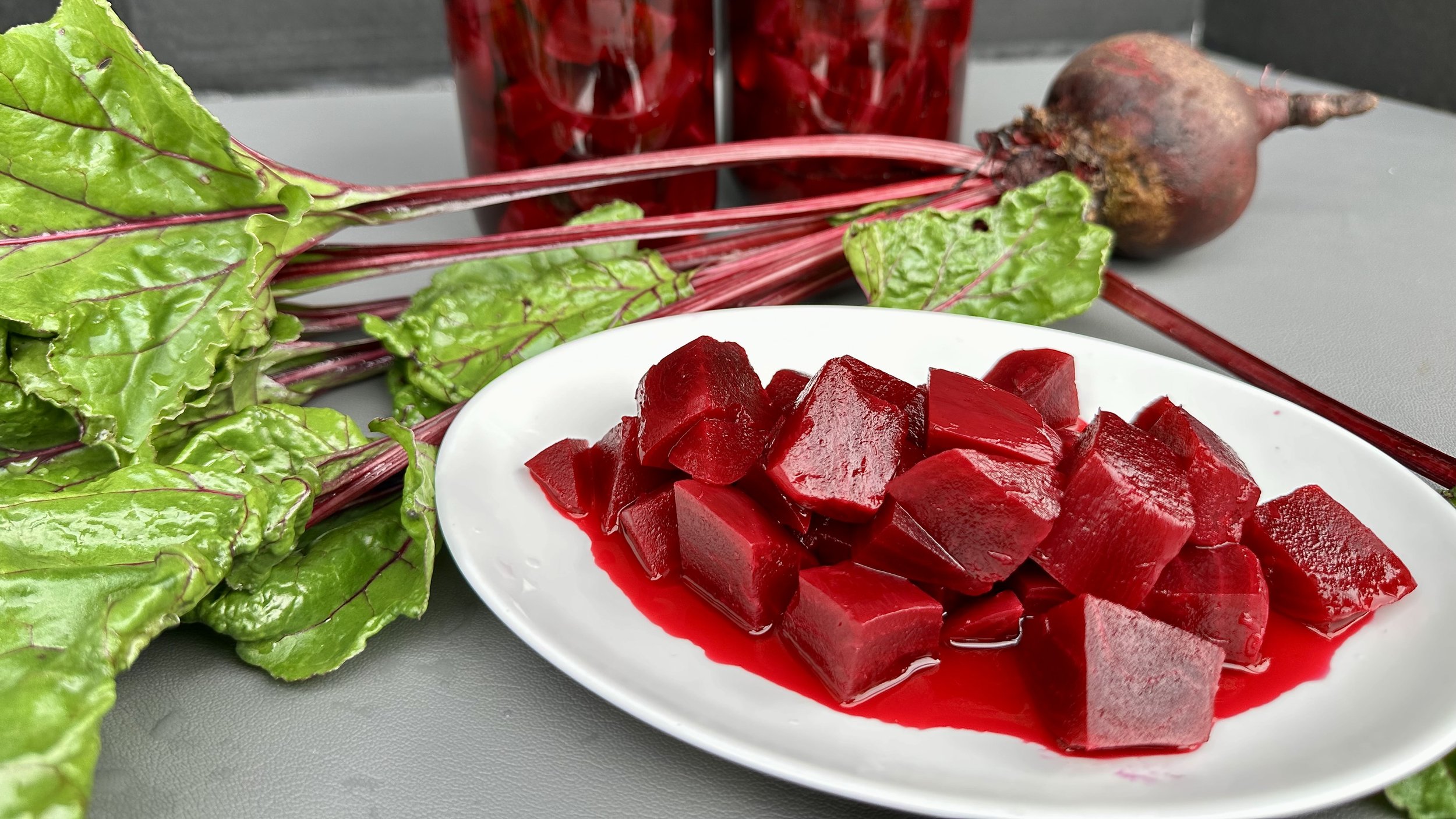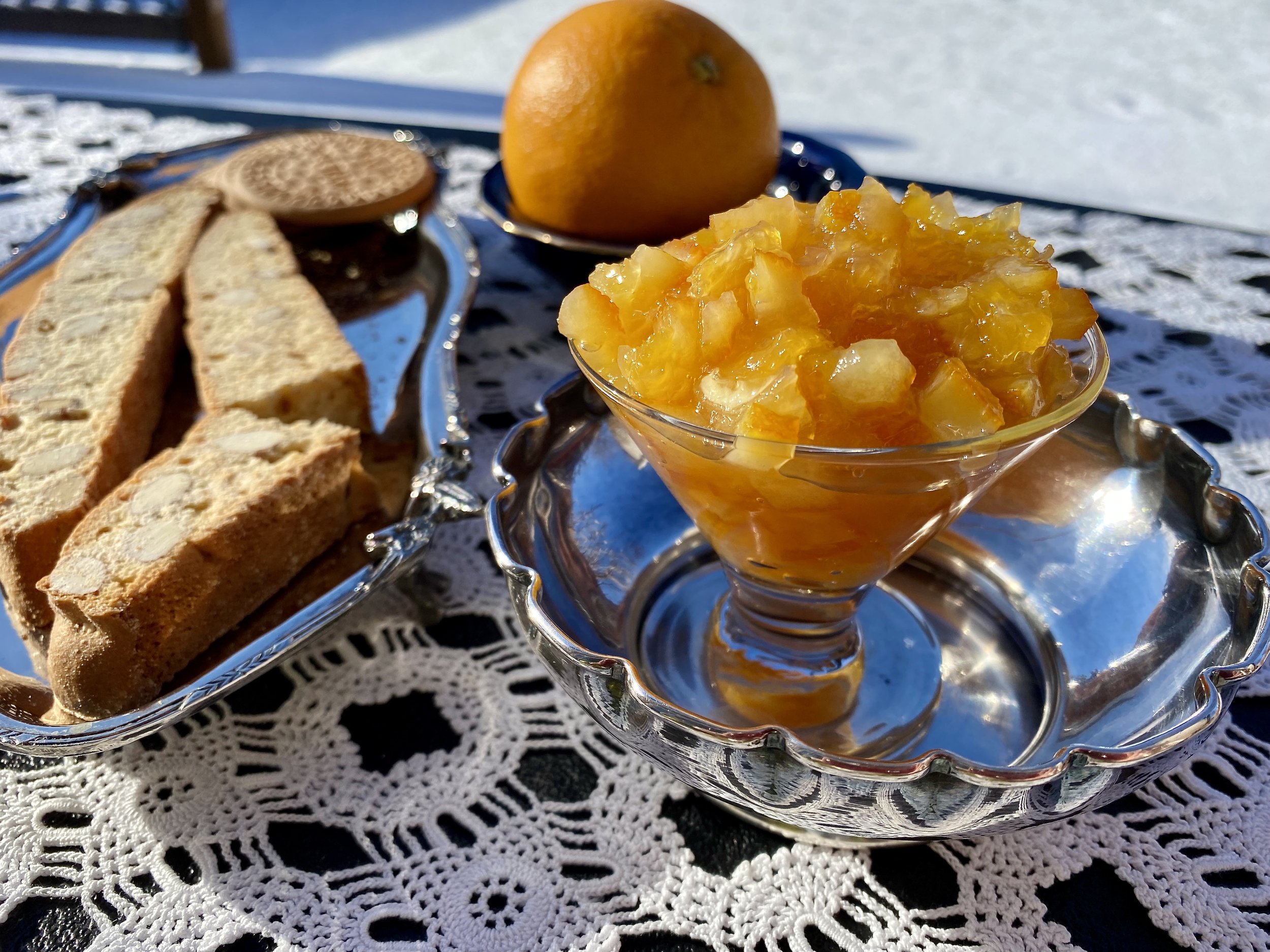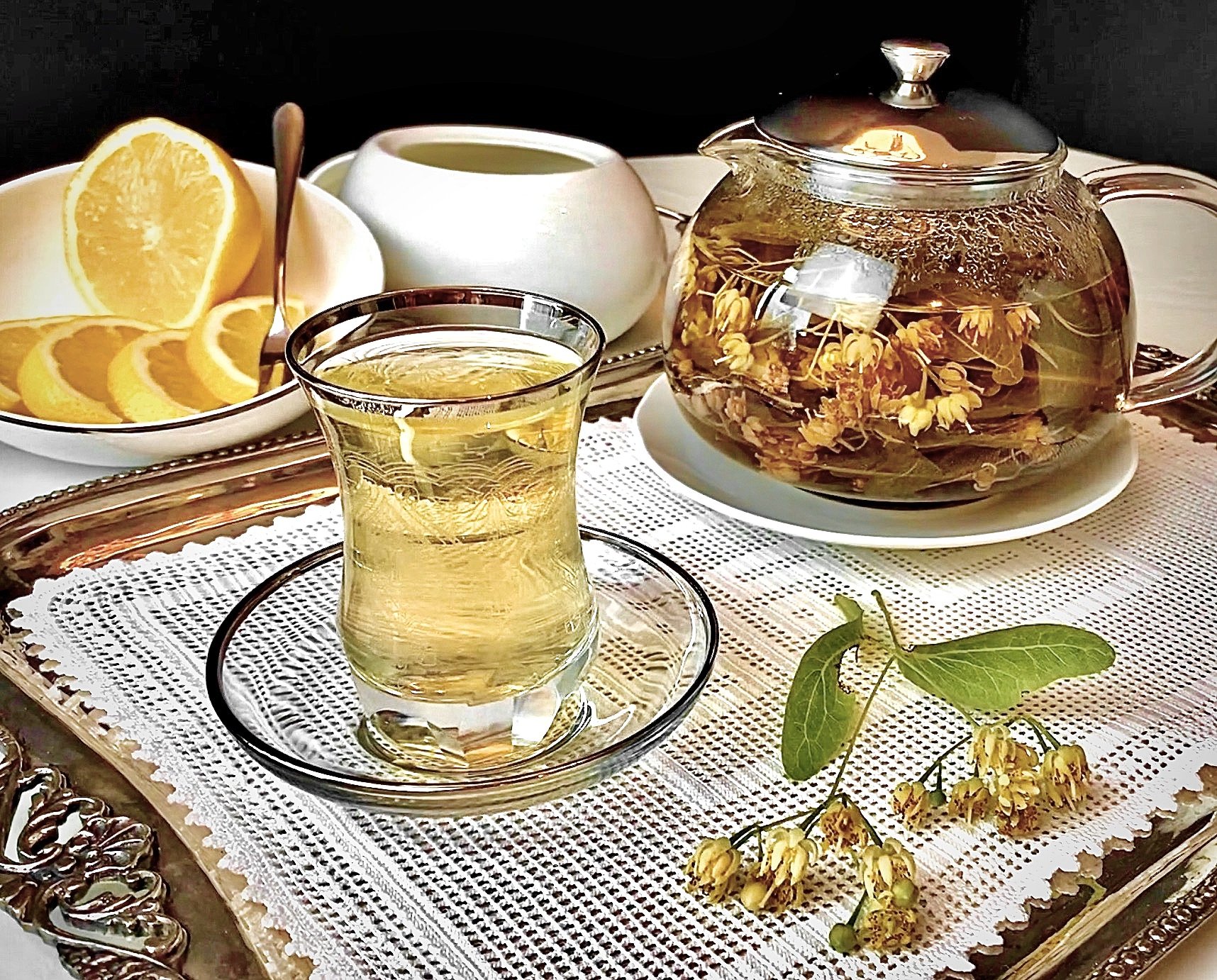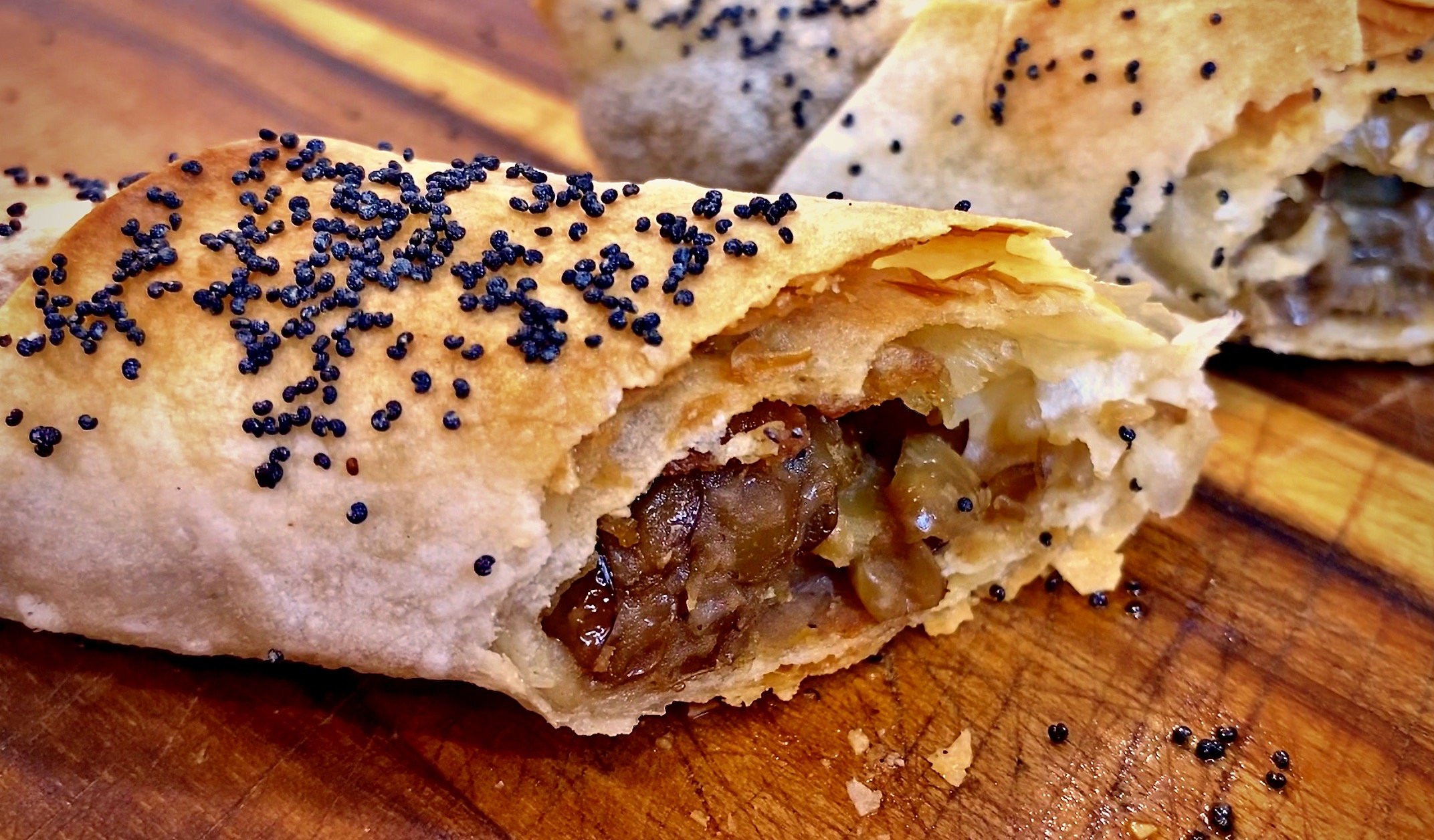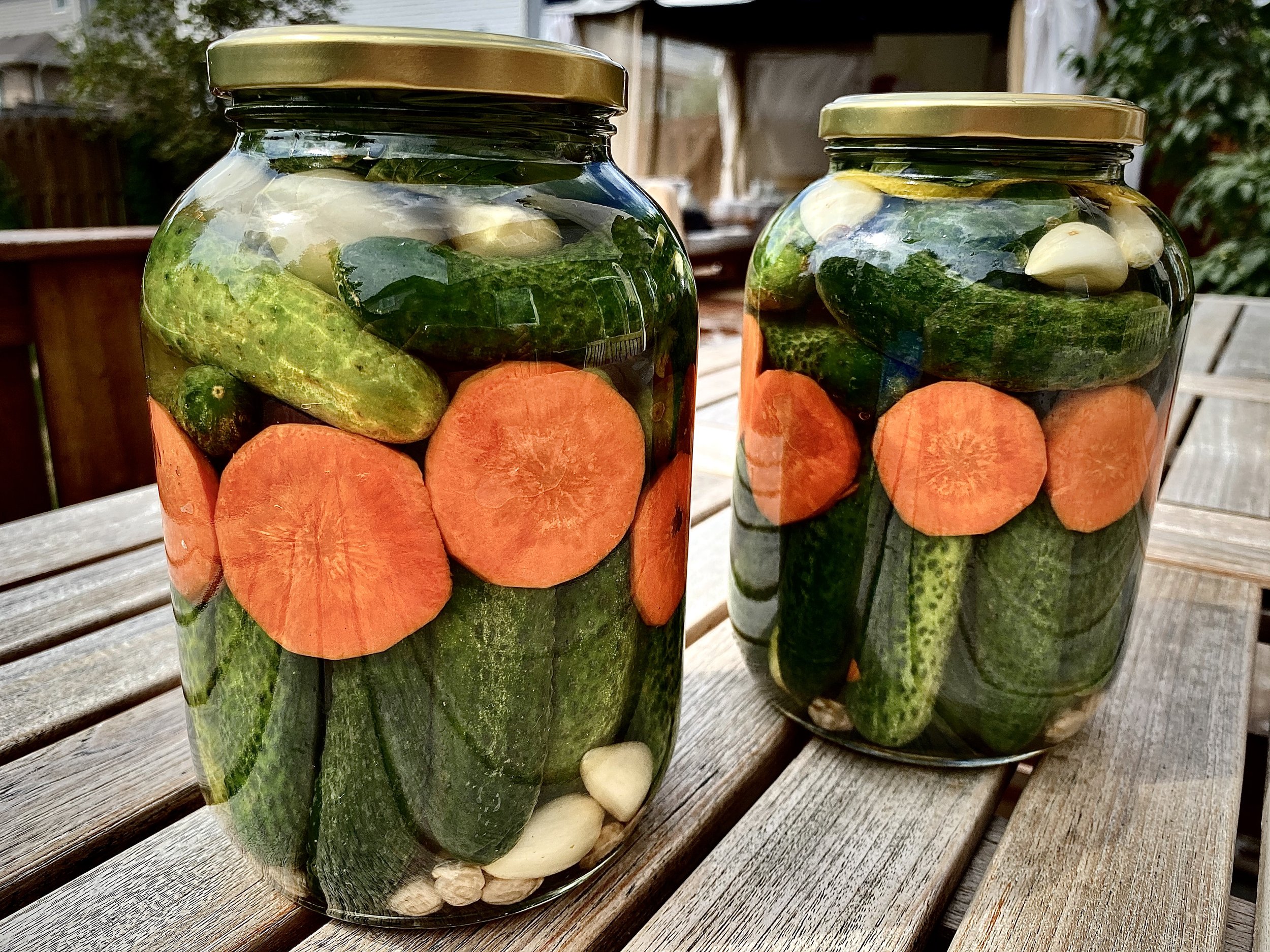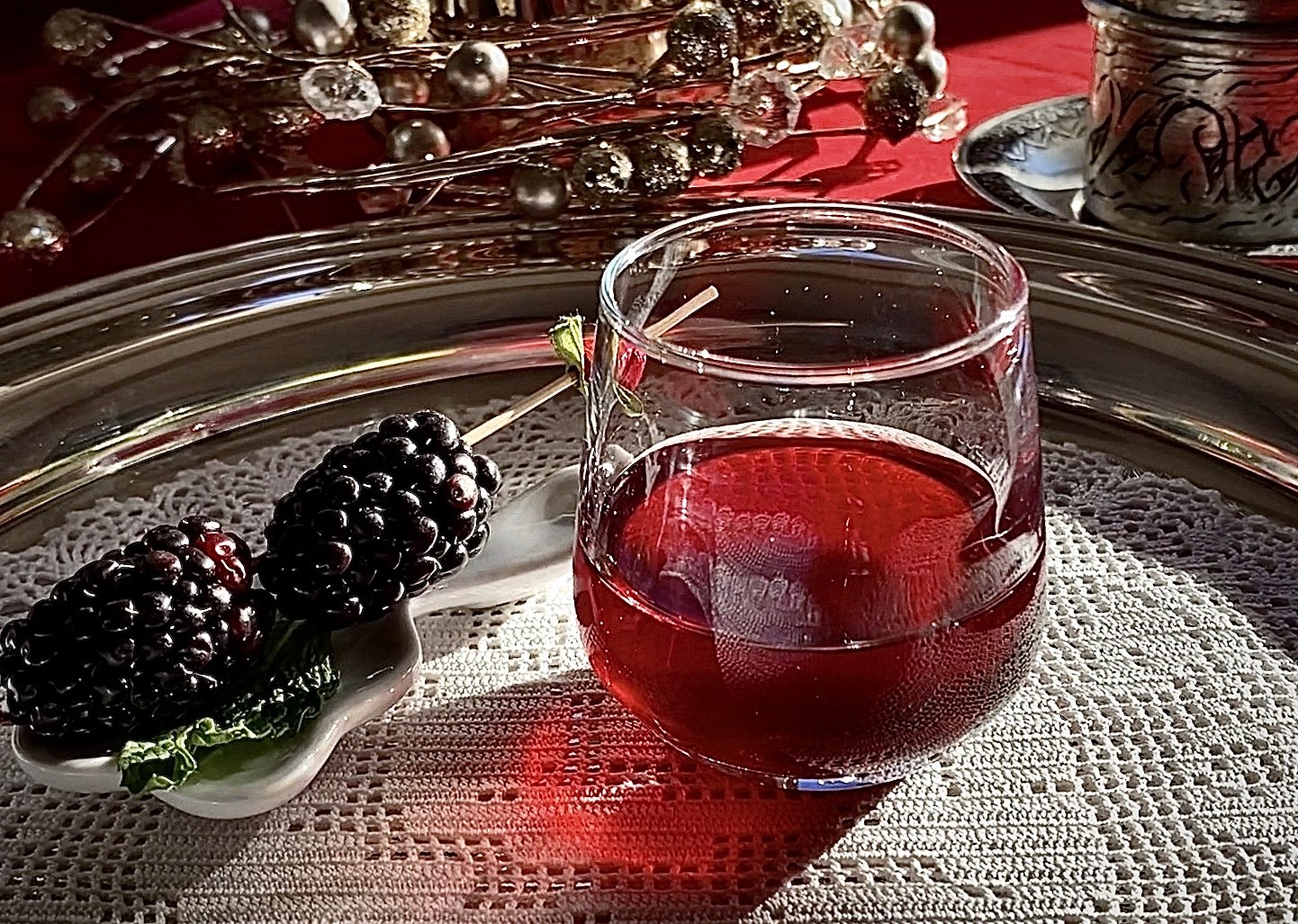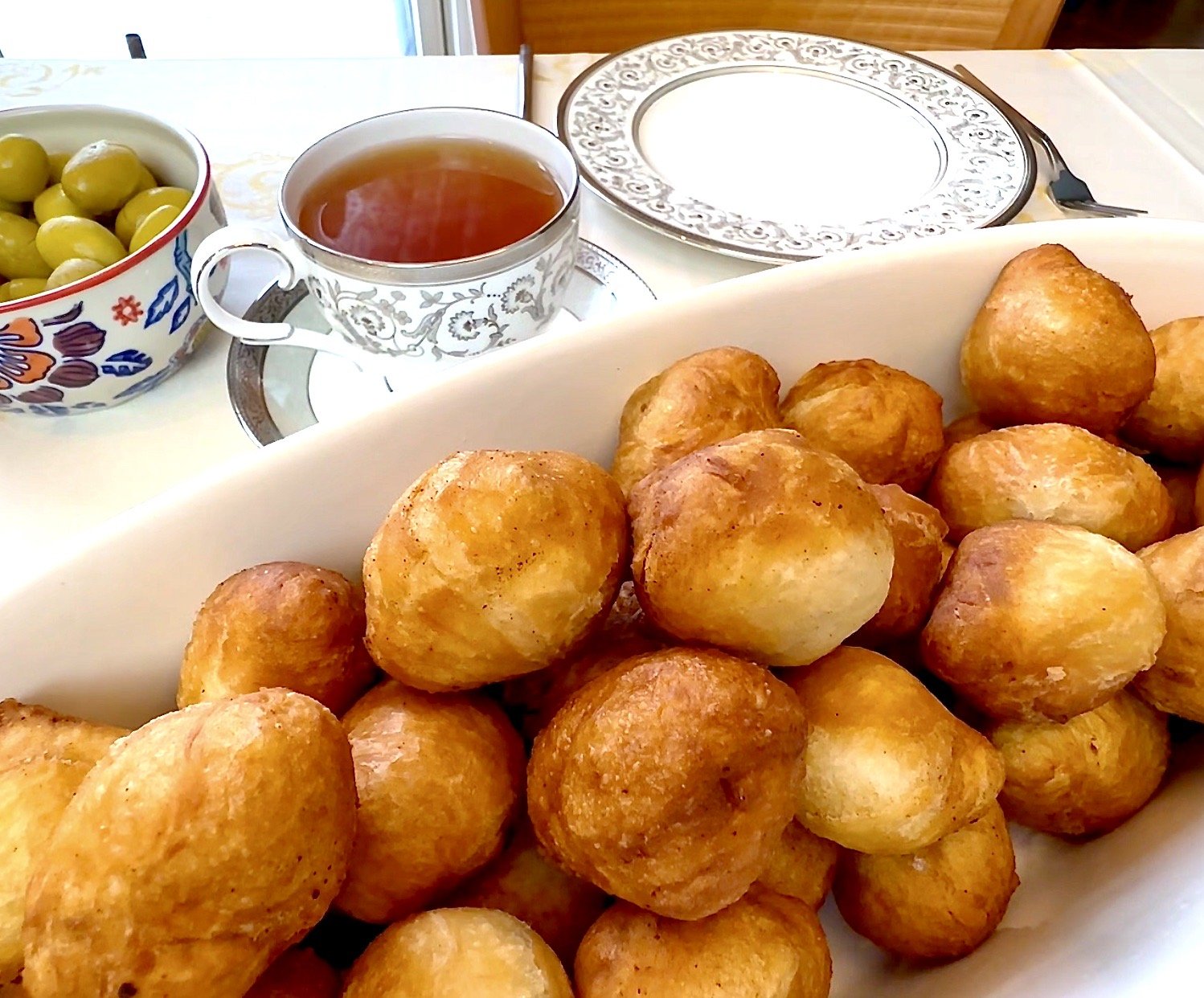Orange Marmalade
The winter sun in a jar.
Few things can compete with a strong citrus marmalade on a cold winter morning! This sweet and tangy treat not only spreads joy but also carries the nostalgic aroma of freshly cooked oranges wafting through the kitchen. Marmalade-making is more than a recipe; it’s a winter ritual, brightening the season with every bite.
My favourite part of this recipe is how natural and straightforward it is. With minimal sugar, it focuses on the bold, aromatic essence of the orange fruit and its zest. The addition of orange peel creates a delicate balance of sweet, tangy, and bitter flavours that makes this marmalade stand out.
Whether served on fresh bread, alongside crunchy biscuits, or as a topping for pastries, this orange marmalade is like capturing the winter sun in a jar. Let’s bring that sunshine to your home!
ORANGE MARMALADE: HEAVENLY CITRUS AROMA IN A BITE
Note: By clicking on the video, you allow third parties (i.e. YouTube, Google) to access your data. Visit our privacy policy for more info.
Ingredients
5 (~1.2 kg) Navel Oranges
3 cups (~600 g) sugar
1 cinnamon stick
Directions
PREPARATION
Wash and drain the oranges thoroughly. Peel the skins, saving half of them for the marmalade. [Optional: Shave off the orange-coloured top layer of the peel if you prefer a less acidic taste]
Prepare the Orange Skins:
Finely dice the saved orange peels.
Place the diced peels in a small pot and add 1 litre of boiling water. Boil on medium-high heat for 15 minutes.
Drain the water and repeat the process with fresh boiling water. Boil for another 15 minutes.
If a milder marmalade is desired, boil the peels a third time in fresh water.
Drain and set aside.
Prepare the Orange Fruit:
Remove the pith (white stringy parts) and dice the orange fruit into 1 cm pieces.
Place the diced orange fruit into a wide, shallow pot and add 3 cups of sugar.
COOKING
Cook the orange fruit and sugar mixture on medium-high heat for 8-10 minutes, stirring until the foam disappears.
Add the pre-cooked orange peels and 1 cinnamon stick to the pot.
Reduce the heat to medium and cook for 20-25 minutes, stirring occasionally. Stir faster as the mixture reduces to prevent burning.
Check the consistency by dropping some marmalade juice onto a cold plate. If it flows slowly when cooled, the marmalade is ready.
JARRING
Remove the cinnamon stick and carefully transfer the hot marmalade into clean jars. Seal tightly while still hot to help preserve it naturally.
Once opened, store jars in the refrigerator to prevent mould, as this recipe uses less sugar.
SERVING
Serve Orange Marmalade as a vibrant addition to your breakfast table, spread generously on bread or paired with tea and biscuits. Treat yourself and your loved ones to this citrusy delight, and enjoy a taste of winter sunshine in every bite!
Afiyet olsun!
[Notes from the Kitchen]
Choosing Oranges: Navel oranges work best due to their sweet flavour and low acidity, but you can experiment by adding lemon or grapefruit for a more complex citrus profile.
Balancing the Flavour: Using the orange peel gives the marmalade its signature bitterness, balancing the sweetness. If you prefer a gentler taste, lightly shave the coloured top layer of the peel or boil the peels one more time.
Consistency Test: Drop a small amount of marmalade onto a cool plate to check the final consistency. This simple step ensures your marmalade won’t be too runny or too stiff once cooled.
Natural Preservation: Since this recipe uses less sugar than traditional jams, hot jarring is essential for preservation. Once opened, store in the refrigerator and consume within 1-2 weeks.
Safety Tip: Always make sure the jars you’re using are heat-resistant, and please handle hot jars and hot liquids with care. To avoid burning your hands, you can use a long-handle ladle and a wide-mouth cone when filling the jars.
Serving Ideas: Orange marmalade pairs wonderfully with fresh bread, crunchy biscuits, or even as a topping for pastries. For a unique twist, try adding it to yogurt or oatmeal for a kick of citrus.


